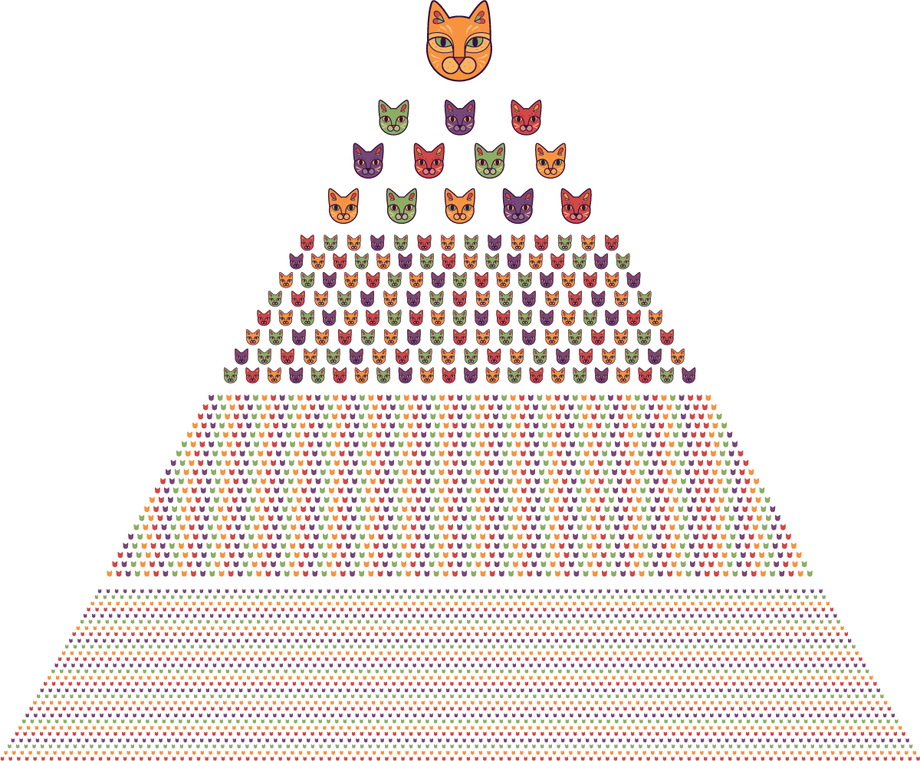Every year in the U.S., millions of kittens are born outdoors to unowned, unaltered cats.
Most of them don’t survive, and the ones that do often repeat the cycle.
Most of them don’t survive, and the ones that do often repeat the cycle.
TNR is the only method that addresses the root cause: reproduction.
When you spay or neuter a cat and return it to its space:
- It can no longer reproduce
- It holds that space, keeping new, unaltered cats out
- It helps stabilize the colony population naturally
TNR also reduces shelter intake and euthanasia.
It keeps more cats out of city systems, and fewer kittens being born into suffering.
It keeps more cats out of city systems, and fewer kittens being born into suffering.
- Cats can get pregnant as early as 4 months old.
This is dangerous for the mother and kittens, as young moms often can’t carry to term or care for newborns. - On average, there are four kittens in a litter.
But litter sizes can range from 1 to 12, especially for experienced moms.
First-time moms usually have fewer. - The gestation period is about 60–70 days (roughly 2 months).
Cats can become pregnant again just two weeks after giving birth, which is why timely spay surgery is so important.
5 years without TNR
In 1 year, 1 mama cat can have 3 litters...this is about 12 kittens total
In 2 years, those cats could have over 144 kittens
In 3 years...we are up to almost 2,000 cats
In 4 years...we could have over 20,000 in our city


